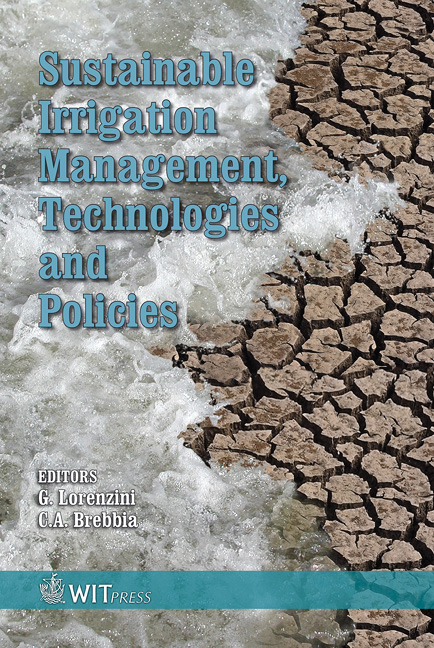Cost-effectiveness Analysis Of Measures To Reduce Nitrogen Loads From Agriculture: Do Secondary Benefits Matter?
Price
Free (open access)
Transaction
Volume
96
Pages
10
Published
2006
Size
304 kb
Paper DOI
10.2495/SI060361
Copyright
WIT Press
Author(s)
J. S. Schou & K. Birr-Pedersen
Abstract
Over the past years a large number of studies have explored cost-effective strategies for reducing nitrogen loads from agriculture. However, the majority of these studies focus on financial costs to agriculture alone, in spite of the fact that a number of relevant measures, e.g. establishment of wetlands and reduced livestock hold, lead to significant secondary environmental benefits. Ignoring these benefits in cost effectiveness analysis leads to a risk of inefficient policy recommendations. In this paper we identify the relevant secondary effects of four measures to reduce nitrogen loads from agriculture and demonstrate the implications of including secondary benefits using an example of cost-effectiveness analysis (CEA) of reduced nitrogen loads based on financial and socio-economic cost estimates. Keywords: nitrogen loads, cost effectiveness analysis, secondary effects, benefit transfer. 1 Introduction Over the last 30 years the detrimental environmental effects resulting from nitrate losses from agriculture and other sectors have been in focus of the environmental policy in Northern Europe. Besides various national regulations the problem is addressed by HELCOM [1], in the EU Nitrate Directive, and in the Water Framework Directive, and recommendations on which policy measures to apply for reducing nitrogen losses has been addressed by the EU commission and OECD. This focus has also resulted in a number of economic studies analysing measures for reducing nitrogen losses from agriculture. The
Keywords
nitrogen loads, cost effectiveness analysis, secondary effects, benefit transfer.





